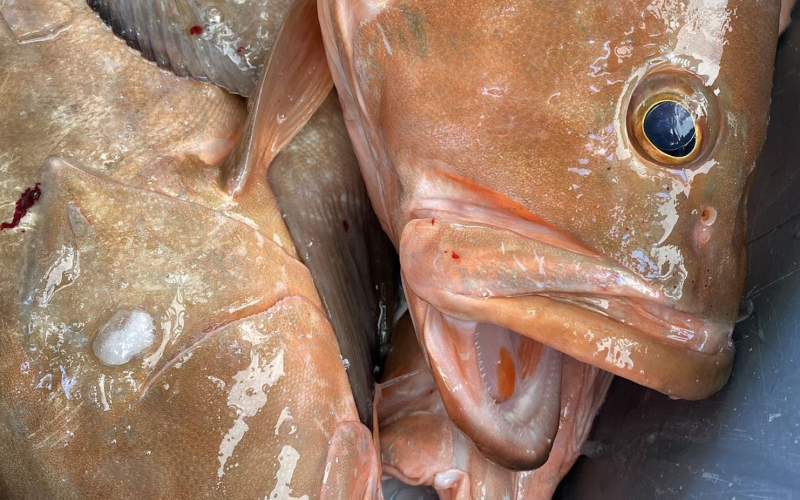Gulf of Mexico commercial fishermen won one round in federal court, when judges faulted Amendment 53 to the Gulf reef fish management plan and called on the National Marine Fisheries Service to better explain its reasoning.
NMFS’ approval of the amendment put together by the Gulf of Mexico Fishery Management Council had the effect of reducing the commercial sector’s red grouper allocation from 76 percent to 59.3 percent, and increasing the recreational sector allocation from 24 percent to 40.7 percent, noted Judge Judith W. Rogers, senior circuit judge for the District of Columbia Circuit Court of Appeals in the court’s March 1 opinion.
The court questioned if Amendment 53 meets standards under federal fisheries management law – specifically National Standard 4 that “provides that the allocation of fishing privileges shall be ‘reasonably calculated to promote conservation’… and under National Standard 9, ‘to the extent practicable’ shall ‘minimize bycatch and. . . to the extent bycatch cannot be avoided, minimize the mortality of such bycatch.’”
With the March 1 rulng, the appeals court “found that NMFS contradicted its own economic analysis, and failed to explain how the reallocation promoted conservation or minimized bycatch,” the fishermen’s groups said in a statement. “The court remanded the action to NMFS for further explanation.”
The agency “may need to revisit whether further bycatch minimization is not practicable and provide additional support,” Judge Rogers wrote.
“Beyond that, the Fisheries Service reasoned that bycatch will decrease because overall catch limits are being reduced. But this approach suggests that virtually any allocation that reduces a catch limit will satisfy National Standard 9, at least so long as the Fisheries Service reasonably concludes that additional measures were not practicable. The Fisheries Service appears not to have explained how that is a reasonable application of National Standard 9.”







